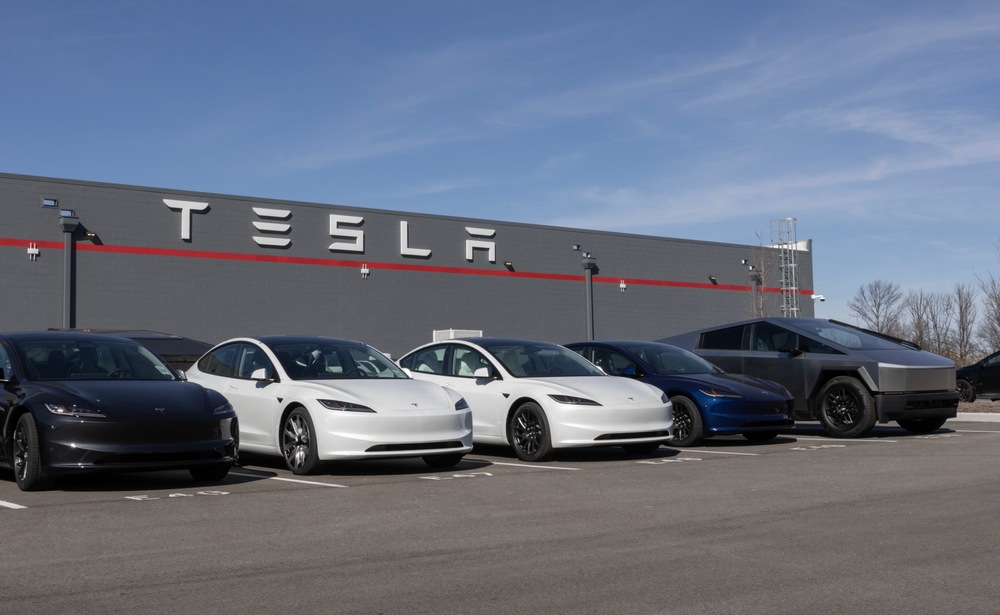
Smart cars are no longer futuristic. They’re here, and they’re everywhere. From Teslas to Fords, today’s vehicles rely heavily on software to manage everything from navigation to braking. But with that convenience comes a hidden danger: software bugs that can completely disable your car. Unlike mechanical issues, these glitches can be harder to diagnose, more expensive to fix, and sometimes leave your vehicle unusable. If you own a smart car or plan to buy one, understanding this risk is essential. Here are several things you should understand about how the smartest cars on the road can be useless with a simple update.
Sometimes Updates Break More Than They Fix
Over-the-air (OTA) updates are supposed to improve your car’s performance, but they don’t always go as planned. Some drivers have reported that updates caused system crashes, disabled key features, or even bricked their vehicles. Unlike smartphones, cars rely on software to control critical systems like steering, braking, and acceleration. A buggy update can turn a safe ride into a dangerous situation, or leave you stuck in your driveway. Automakers are still learning how to manage these updates safely, and drivers are paying the price when things go wrong.
Tesla’s Self-Driving Glitches Are a Warning Sign
Tesla’s Full Self-Driving (FSD) computers have faced serious failures, sometimes bricking the entire vehicle. Owners have reported losing access to Bluetooth, Wi-Fi, and even basic driving functions after software crashes. One driver wrote, “We had the same issue on our Model Y 2024. Bought it new at the end of June. The problems started in October. I noticed some glitches on the screen, Bluetooth and wifi stopped working. Tried to reboot and went into an infinite loop.”
These issues aren’t just annoying. They can be life-threatening if they occur while driving. Tesla has responded with phased rollouts and localized fixes, but the problems persist. The takeaway? Even the most advanced smart cars are vulnerable to software bugs that can shut everything down.
Diagnosing Software Failures Isn’t Easy
Unlike a flat tire or a dead battery, software bugs are invisible and often unpredictable. Here are some things you can keep an eye out for (but they don’t always tell the whole story).
- Frozen touchscreen or unresponsive controls
- The touchscreen may just crash over and over
- Erratic or malfunctioning behavior in assisted driving modes
- Your car is slower than usual or stalling out a lot
- The battery isn’t getting fully charged
Dealerships and service centers often lack the tools or training to diagnose these issues quickly. That means longer wait times, higher costs, and more frustration for owners. The complexity of smart car systems makes it harder to get fast, reliable repairs when software goes haywire.
Compatibility Issues Can Brick Older Models
As automakers push new updates, older vehicles may struggle to keep up. Compatibility problems between new software and aging hardware can cause crashes, glitches, or complete system failures. Some smart car owners have found that their vehicles became unusable after an update meant for newer models.
This creates a dilemma: skip updates and risk security flaws, or install them and risk bricking your ride. Without clear communication from manufacturers, drivers are left guessing and sometimes stranded.
The Legal and Financial Fallout Is Growing
When a software bug disables your car, who’s responsible? Some owners have turned to class-action lawsuits, especially when repairs are delayed or denied. Automakers often blame third-party software or claim the issue is rare, leaving drivers with few options. Insurance may not cover software-related failures, and warranty claims can be complicated. As smart cars become more common, the legal and financial risks of software bugs are becoming harder to ignore.
The rise of smart cars is exciting, but it demands a new level of accountability and transparency. Automakers must invest in better testing, clearer communication, and faster support when things go wrong. Drivers need to stay informed, ask questions, and report issues early to avoid bigger problems. Regulators should push for standards that protect consumers from unsafe or unstable software. The future of driving depends not just on innovation, but on reliability and trust.
Have you ever experienced a software glitch in your smart car? Share your story in the comments.
What to Read Next
- Why Electric Ford F-150 Owners Are Facing Longer Waits for Repairs
- 5 Car Brands That Will See Their Way Out in the Next 5 Years
- Why Mechanics Are Losing Money Fixing Electric Cars
- The Electric Pickup Truck That is Outperforming Every Rival
- The Hidden Reason High-End EVs Are Flopping in the U.S.
The post The Unseen Risk of Smart Cars: Software Bugs That Can Brick Your Ride appeared first on Clever Dude Personal Finance & Money.







